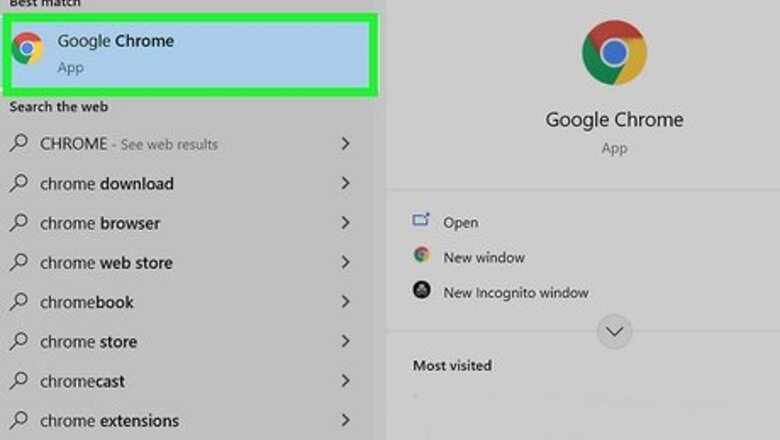
views
Google Chrome
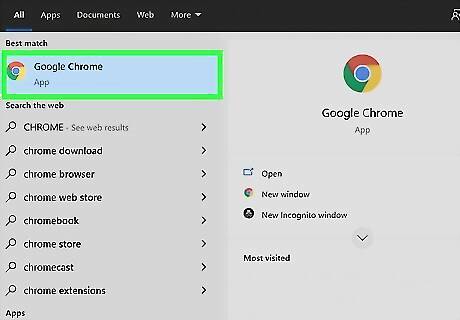
Open the Google Chrome browser. If you have Google Chrome on your computer, you can use it to create a new PDF by extracting pages from another file. You'll find Chrome in your Start menu (Windows) or in the Applications folder (macOS). If you don't have Google Chrome, you can download it for free from https://www.google.com/chrome.

Press Ctrl+O (PC) or ⌘ Command+O (Mac). This opens a window that allows you to select a file to open.
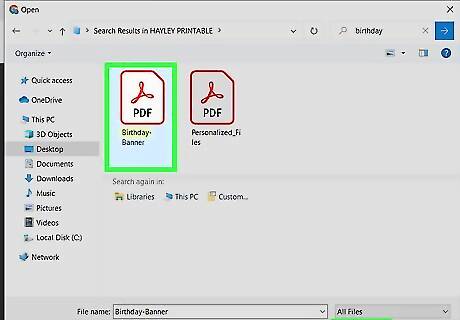
Select the PDF and click Open. The selected file will open in Chrome. If Chrome prompts you to download or save a file instead of displaying the PDF, click Cancel and then turn on Chrome's ability to open PDFs. To turn on PDF viewing in Chrome, click the three-dot menu it the top-right corner of Chrome, then click Settings. Click Site Settings under the "Privacy and security" header and click Additional content settings at the bottom of the page. Click PDF documents then select "Open PDFs in Chrome." Repeat the process to open the PDF.

Click the menu ⋮. It's the three dots in the top-right corner of Chrome.
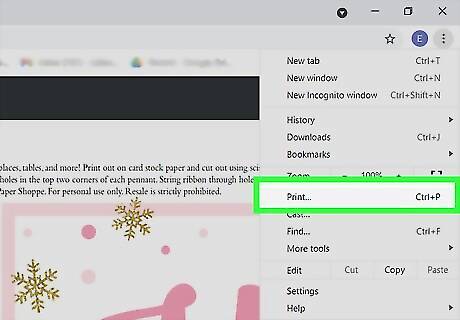
Click Print. You can also press Ctrl + P (Windows) or Cmd + P (Mac).
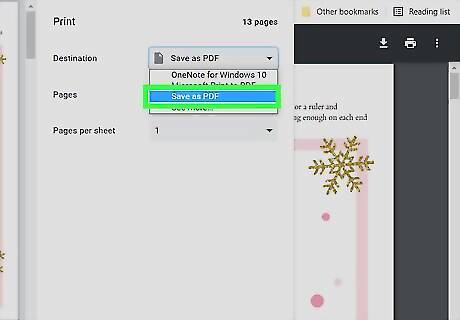
Click the drop-down menu next to "Destination" and select Save as PDF. It's in the top-right corner of the print window. This option will save your selected pages as a PDF instead of printing them.
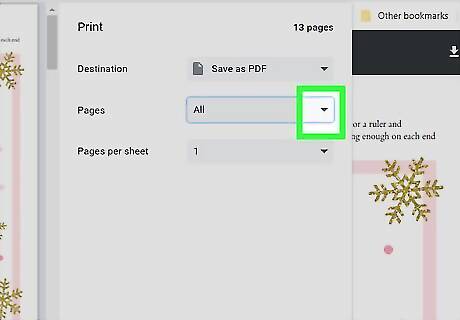
Click the drop-down menu next to "Pages." It's the menu that says "All" by default.
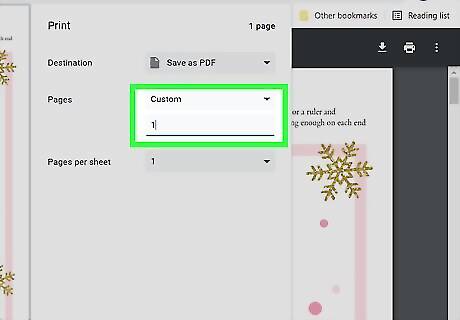
Select Custom and enter the pages you want to extract. You can enter a single page number, a range of pages (separated by a hyphen), or multiple page numbers separated by commas. For example, if you want to create a new PDF from only page 3, you'd enter 3.

Click the Save button. It's at the bottom of the window.
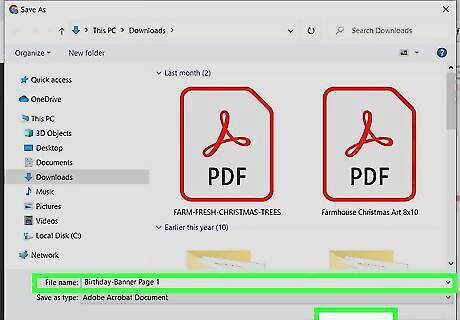
Save your new PDF. You will be prompted (via a pop-up window) to type a file name, select a folder to save it to, and then click Save to finish. The new PDF containing the extracted pages is now located in the selected folder.
Preview for macOS
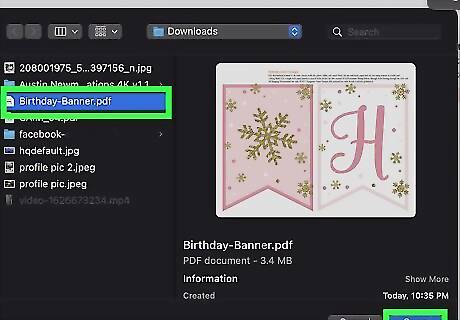
Open your PDF in Preview. Preview is the default PDF viewer for macOS, so just double-click the PDF to open it in the app. You can also right-click the PDF, select Open with, and then select Preview.
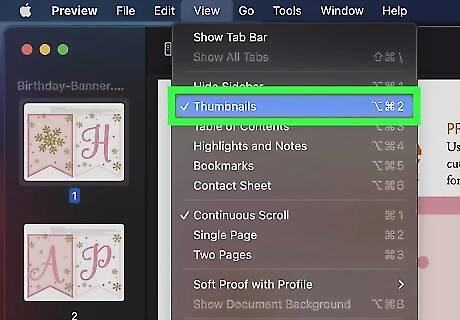
Click the View menu and select Thumbnails. The View menu is in the menu bar at the top of the screen.
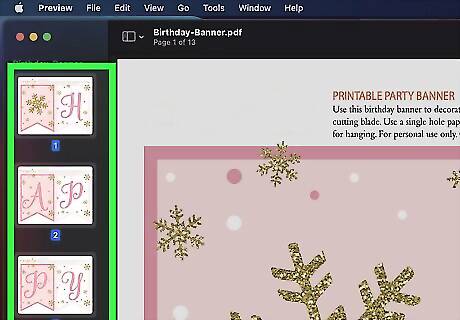
Select which pages to extract. Hold down the Command key as you click each page you want to extract. Pages that will be extracted to the new PDF will be highlighted. If you want to save one page from the PDF, click its thumbnail in the panel on the left to select it.
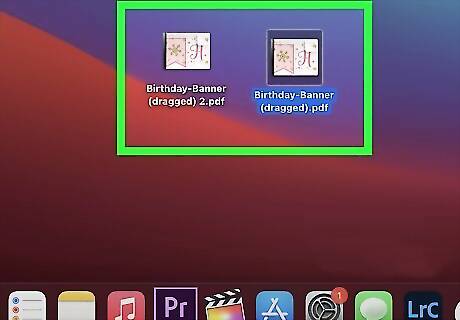
Drag the selected thumbnail(s) from the panel in Preview to your desktop. When you drag the pages out, they are saved as their own PDFs that you'll find on your desktop.
Smallpdf Online Tool
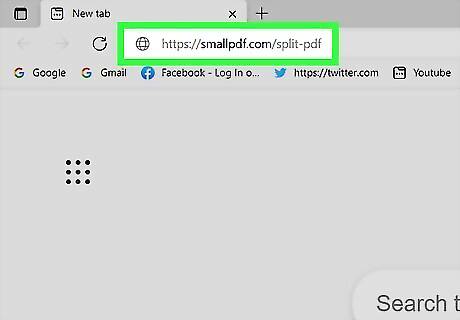
Go to https://smallpdf.com/split-pdf in your web browser. This opens Smallpdf's "Split PDF" tool, which can create a new PDF from selected pages.

Select the PDF containing files you want to extract. You can either drag the PDF file to the large purple "Choose Files" box, or click Choose Files, select the PDF, and then click Open.
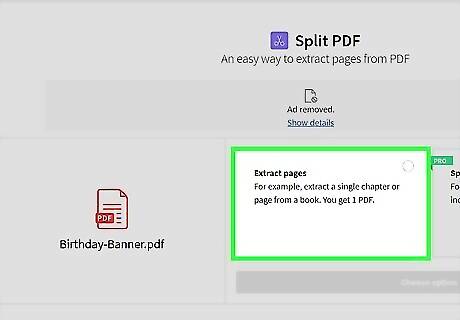
Select Extract pages. It's the first of the two options.
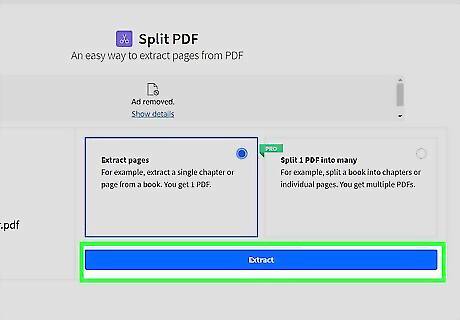
Click the purple Extract button. This displays all of the pages in your current PDF as thumbnails.

Select the files you want to extract. Click each page that you want to save to a new PDF. A checkmark will appear in the top-left corner of each selected page. For example, if you want to save only page 3, click to select page 3.
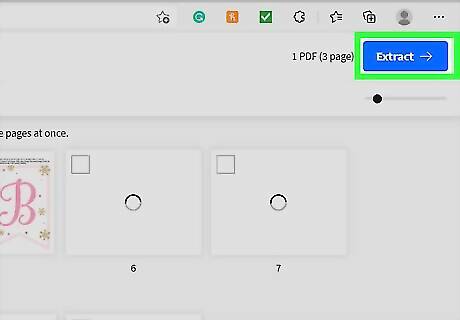
Click the purple Extract button. It's at the top-right corner of the page. This adds the selected pages to a new PDF and makes it available for download.

Click Download. It's the purple button to the right of the original file name. This saves the file to your computer. If prompted to do so, select a folder to save the new PDF to, and give it a new name.



















Comments
0 comment